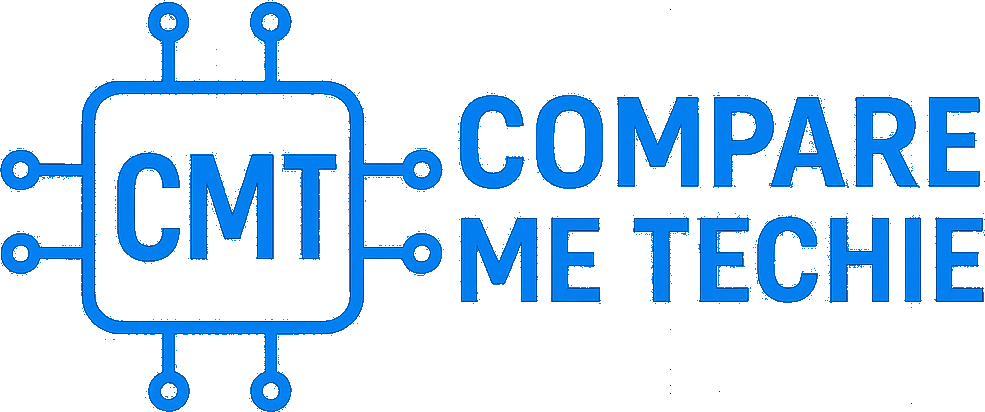RAG vs CAG: Retrieval-Augmented Generation vs Context-Augmented Generation 2025
Compare RAG (Retrieval-Augmented Generation) vs CAG (Context-Augmented Generation) for AI applications. Learn the differences, implementation approaches, and use cases.
Trusted by Thousands
Both platforms serve millions of users worldwide
Powerful Features
Advanced capabilities and integrations
Flexible Pricing
Plans to fit every budget and business size
Features Comparison
| Feature | RAG | CAG |
|---|---|---|
| Knowledge Access | Dynamic retrieval from external sources | Extended context window utilization |
| Knowledge Access | Dynamically retrieves relevant documents at inference time | Loads entire relevant context into the LLM’s extended context window |
| Information Freshness | Freshness Excellent—fetches up-to-date data from external sources | Limited—context is static unless manually updated |
| Information Freshness | Real-time data retrieval capability | Limited to context window content |
| Context Length | Bound by chunk size and retrieval capacity | Can leverage context windows of 100K–2M tokens in modern LLMs |
| Context Length | Limited by retrieval chunk size | Leverages full extended context (100K+ tokens) |
| Implementation Complexity | Requires vector db, embedding pipeline, ranking, and chunking | Minimal—often achievable in 10–15 lines if context fits |
| Implementation Complexity | Requires vector database and retrieval system | Simpler prompt engineering approach |
| Reasoning Capability | Strong with relevant retrieved facts | Superior when reasoning across a coherent, full context |
| Reasoning Capability | Good for factual question answering | Excellent for complex reasoning tasks |
| Scalability | Scales with retrieval infrastructure | Limited by model context window |
| Scalability | Scales well for very large, evolving knowledge bases | Scaling is limited by model context window and token budget |
Pricing Comparison
| Feature | RAG | CAG |
|---|---|---|
| Infrastructure Cost | Vector database + embedding costs | Higher token costs for large contexts |
| Infrastructure Cost | Vector database + embedding costs | Higher token costs for large contexts |
| Development Cost | Higher initial setup complexity | Lower setup, higher per-request cost |
| Development Cost | Higher initial setup complexity | Lower setup, higher per-request cost |
| Operational Cost | Retrieval system maintenance | Token usage optimization needed |
| Operational Cost | Retrieval system maintenance | Token usage optimization needed |
| Scaling Economics | Cost-effective for large knowledge bases | Expensive for frequent long contexts |
| Scaling Economics | Cost-effective for large knowledge bases | Expensive for frequent long contexts |
Pros & Advantages
| Feature | RAG | CAG |
|---|---|---|
| Real-time information | ✓ | ✗ |
| Real-time information | ✓ | ✗ |
| Large knowledge base support | ✓ | ✗ |
| Large knowledge base support | ✓ | ✗ |
| Cost-effective for factual queries | ✓ | ✗ |
| Cost-effective for factual queries | ✓ | ✗ |
| Superior reasoning capability | ✗ | ✓ |
| Superior reasoning capability | ✗ | ✓ |
| Simpler implementation | ✗ | ✓ |
| Simpler implementation | ✗ | ✓ |
| Better context coherence | ✗ | ✓ |
| Better context coherence | ✗ | ✓ |
Cons & Limitations
| Feature | RAG | CAG |
|---|---|---|
| Complex infrastructure | ✓ | ✗ |
| Complex infrastructure | ✓ | ✗ |
| Retrieval accuracy dependency | ✓ | ✗ |
| Retrieval accuracy dependency | ✓ | ✗ |
| Context fragmentation | ✓ | ✗ |
| Context fragmentation | ✓ | ✗ |
| High token costs | ✗ | ✓ |
| High token costs | ✗ | ✓ |
| Static knowledge cutoff | ✗ | ✓ |
| Static knowledge cutoff | ✗ | ✓ |
| Context window limitations | ✗ | ✓ |
| Context window limitations | ✗ | ✓ |
The Bottom Line
RAG (Retrieval-Augmented Generation) and CAG (Context-Augmented Generation) represent different approaches to enhancing AI model capabilities. RAG excels at incorporating external knowledge through dynamic retrieval, making it perfect for applications requiring up-to-date information and large knowledge bases. CAG leverages extended context windows for comprehensive understanding, ideal for complex reasoning tasks and maintaining coherent long-form conversations. Choose RAG for knowledge-intensive applications with changing data, or CAG for deep reasoning tasks requiring extensive context awareness.
Community Feedback
Current Ratings
Rate This Comparison
Ready to Choose Your Tool?
Start your free trial today and see which platform works best for your needs.
